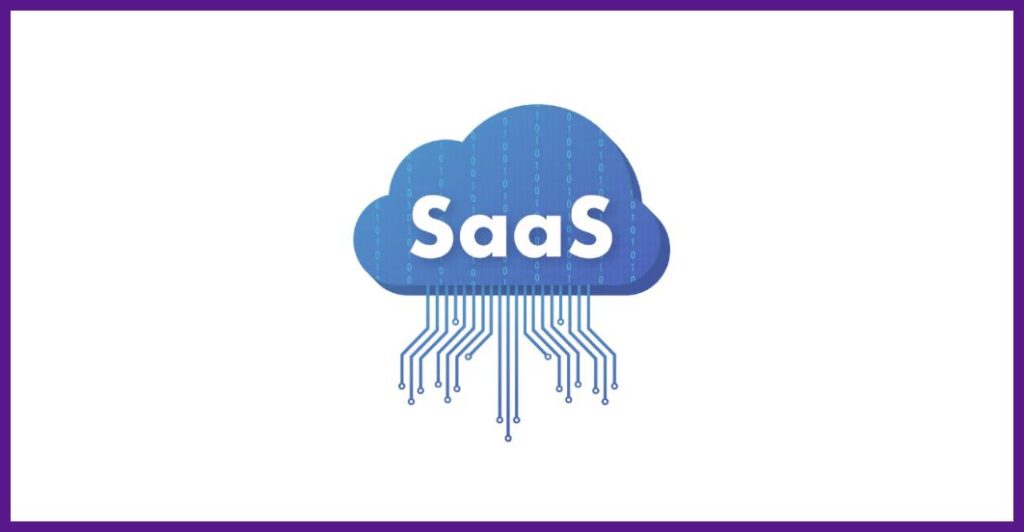Shadow IT: The Hidden Fuel of SaaS Exponential Growth
The Software as a Service (SaaS) revolution has changed the way businesses consume technology. The ease with which new software can be purchased and deployed by employees has been a catalyst for innovation, but it has also given rise to the phenomenon known as Shadow IT. With the increased accessibility of unauthorized SaaS solutions, many organizations are facing security, compliance, and governance challenges.
What is Shadow IT?
Considered the hidden fuel of SaaS’s exponential growth, Shadow IT refers to the use of technologies and software within an organization without the knowledge or approval of the IT department. In a scenario where employees use SaaS tools to facilitate their daily work, these solutions often escape the formal control of the company. Studies indicate that more than 80% of employees admit to using unauthorized applications in their work environments.
Why Does SaaS Increase Shadow IT?
SaaS has made software more accessible and flexible, allowing teams to download and start using tools without needing direct technical support. This is beneficial in terms of agility, but it contributes to the proliferation of Shadow IT. According to a Cisco report, 971% of IT leaders are unaware of at least 501% of the SaaS applications used by their employees. This is compounded by the ease with which new SaaS applications can be purchased with a simple corporate credit card, outside of standard approval procedures.
The Exponential Growth of Shadow IT
SaaS adoption has exploded in recent years. By 2023, the global SaaS market was valued at over $1,400 billion, with expectations of growing to $1,400 billion by 2030. With this, it is estimated that around $400 billion of IT budgets will be consumed by Shadow IT. Furthermore, according to a study by McAfee, the average enterprise uses over 1,400 cloud applications, but only $700 of these are managed by IT.
Risks Associated with Shadow IT
While Shadow IT brings flexibility and innovation, it also creates vulnerabilities. A lack of oversight can result in issues such as:
Data leak: Unauthorized applications may not comply with security policies, exposing sensitive data to third parties.
Hidden costs: Excessive use of tools can lead to duplication of functionality and unnecessary costs.
Lack of compliance: Many companies must adhere to strict regulatory standards such as GDPR, LGPD, and SOX. Using unauthorized solutions can violate these regulations.
How to Manage and Minimize Shadow IT
To mitigate risks, companies need a clear strategy. A proactive approach includes:
Continuous monitoring: Implement network monitoring tools to identify unauthorized SaaS applications.
Education and awareness: Train employees on the risks of Shadow IT and the importance of using approved solutions.
More flexible IT governance policy: Include a process for employees to request new tools quickly and transparently, encouraging the use of authorized solutions.
O Shadow IT This will continue to be a challenge as SaaS expands, but with the right policies and monitoring tools, companies can minimize risk and reap the benefits of innovation. Ultimately, the key is to find the balance between flexibility and governance, allowing employees to be agile without compromising security.
Do you want to understand how MattZero can help you reduce the risks of shadow IT? Talk to our experts.
Tags: SaaS management, MattZero, M365, Microsoft, Cloud, software use, social networks, contact us, brazilian federal revenue, technical support, virtual environment, work with us, software audit, software management, license for use, software licenses, available software, management tools, law no., software development, authorization for use, software product, economic exploitation, pay a monthly fee, stored data, customer buys, remote access, data protection, cloud computing, user pays, basic functionalities, license or assignment, toggle menu, federal revenue, perpetual acquisition, complementary law, computer programs, perpetual license, license to use, licensing models, software as a service saas, software use, temporary use, pay a fee, program use, software licensing, software licenses, licensing agreement, circulation of goods, saas model, digital marketing, software asset, consultation solution, user consent, legal certainty, saas licensing, Information security, social networks, shadow IT, IT equipment, best practices, Power BI, Google Drive, subscribe to our newsletter, being used, social engineering, network traffic, risk of leak, network security, security solutions, continuous assessments, productivity applications, talk to an expert, cloud security, find solutions, sensitive information, shadow IT discovery, identify shadow, messaging applications, IT sector, cyber attacks, IT assets, corporate networks, cloud storage, artificial intelligence, shadow practice, personal devices, information technology, application usage, data security, attack surface, storage applications, talk to us, security risks, IT security, risk management.





